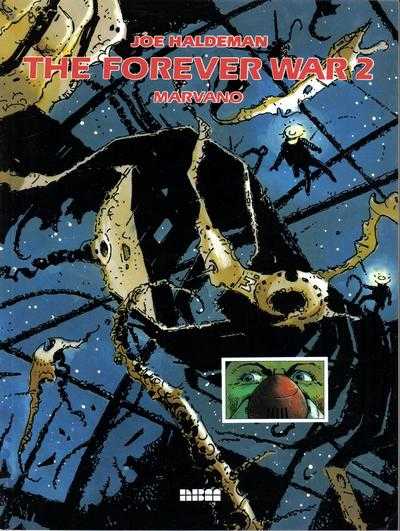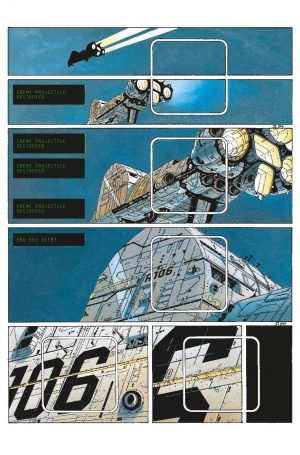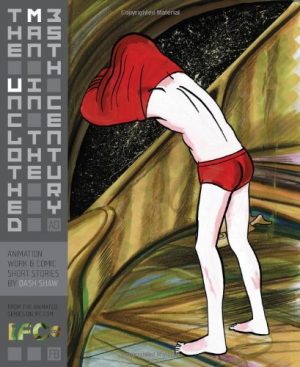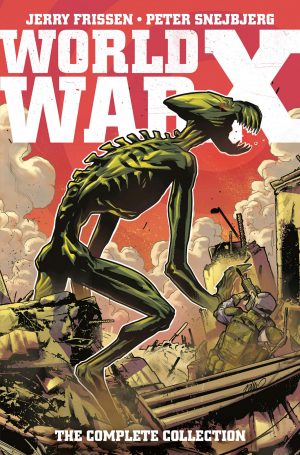Review by Frank Plowright
The final section of volume 1 saw Mandella and his fellow troopers finally meet their Tauran enemy, but their own commanders had a little surprise in store, something intended to provide them with an extra edge in physical combat. In keeping with the despairing tone established by Joe Haldeman regarding the military mentality, the results were almost as damaging to Earth troops as their enemy.
This middle section picks up shortly after those events, and with his mood well and truly established, Haldeman begins to explore more in the way of science fiction topics. He looks at the technology enabling humans to survive in extreme conditions, and a matter crucial to the series is how time passes differently at the speed of light. Mandella sardonically comments that he’ll be able to retire aged 25 as a veteran with twenty years service, and the mid-section of this volume is his return to Earth, where much has happened.
Marvano’s art is superb, and he surely drove himself insane with all the detail. He stops just shy of showing every rivet on the spacecraft seen on the sample art, and the design of it is amazing, seemingly owing very little to the smooth lines of space vessels seen on TV and film screens. This unique sense of design applies to other technology, architecture and even cities. The work Marvano put into creating convincing background elements back in the day is a reason The Forever War still impresses thirty years after publication. As previously, he’s equally good at designing the cast, a combination of skills rarer than might be imagined. Part of Haldeman’s method of showing the cost of war is ensuring every dead soldier is named, and although they rarely appear without spacesuits, when they do Marvano ensures one can be distinguished from the next. Also impressive is the understated manner in which he conveys the horror of war. A scene set late on occurs in an infirmary after a battle, and Marvano’s illustration is the picture that paints a thousand horrific words.
If Haldeman’s view of military bureaucracy is cynical, it’s nothing compared to his extrapolation of the society the same people would create if permitted to control the administration of a planet. The level of manipulation using then fictional technology is profoundly disturbing, and yet also prescient. By the end of the book Mandella’s choices, at one point seeming infinite, have become narrower and narrower, and a downbeat ending sees him about to be transported to a distant planet to train more troops, his actual combat experience unique and valuable. By the time he arrives in book he’ll look as if he’s in his thirties, but in actual years will be over two hundred.
An immense sadness and resignation is the atmosphere generated by this middle section of The Forever War. Mandella, representing an everyman, has no control over his life beyond the small details, and that life is channelled in service of a cause in which he lacks any belief. It’s emotionally resonant and eminently memorable. Will life improve for Mandella in volume 3?
All three volumes of The Forever War are more easily found in a single Titan Comics edition using the original 1988 translation from the French, but providing a more legible font for the lettering.





